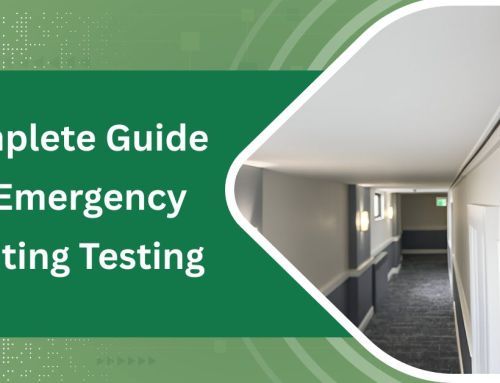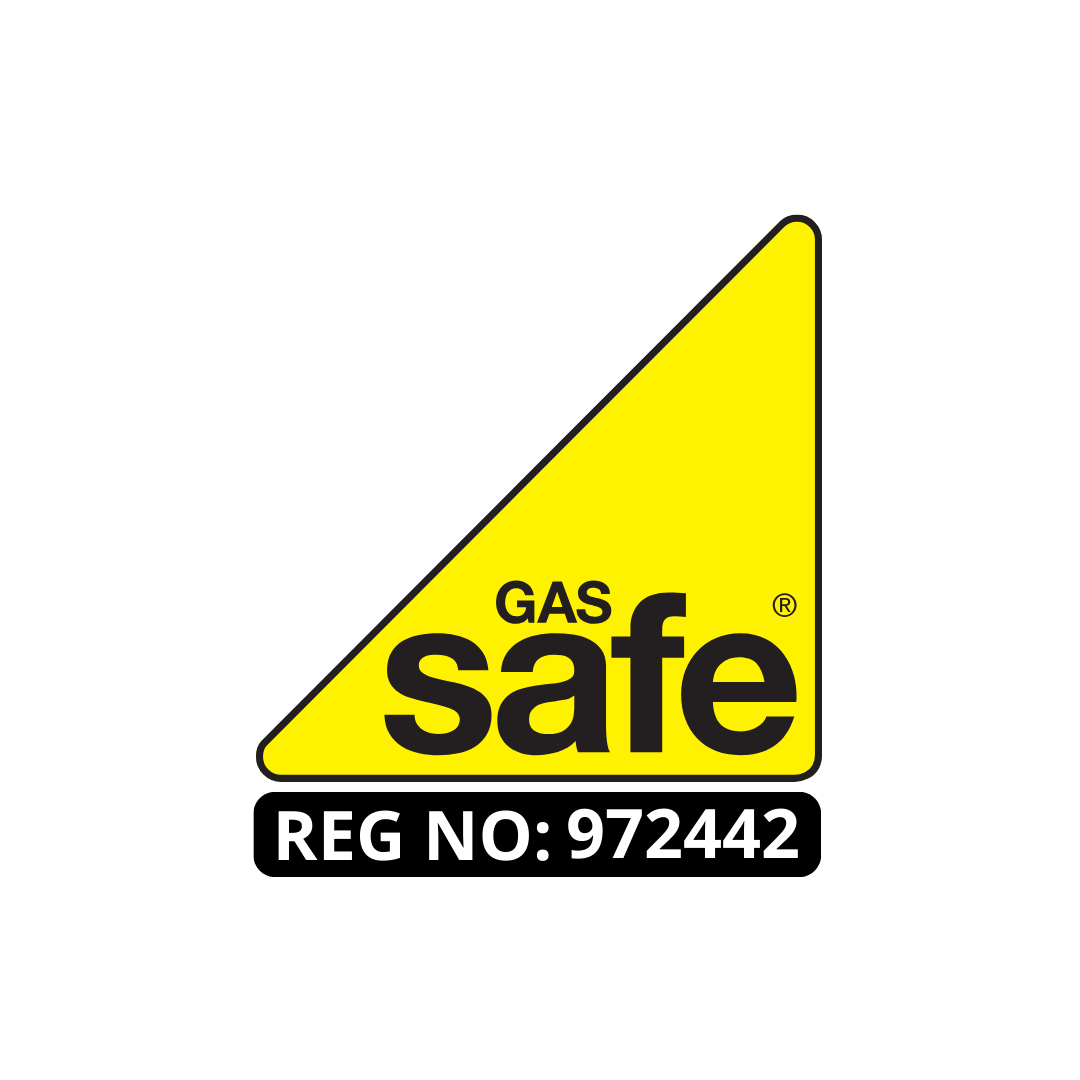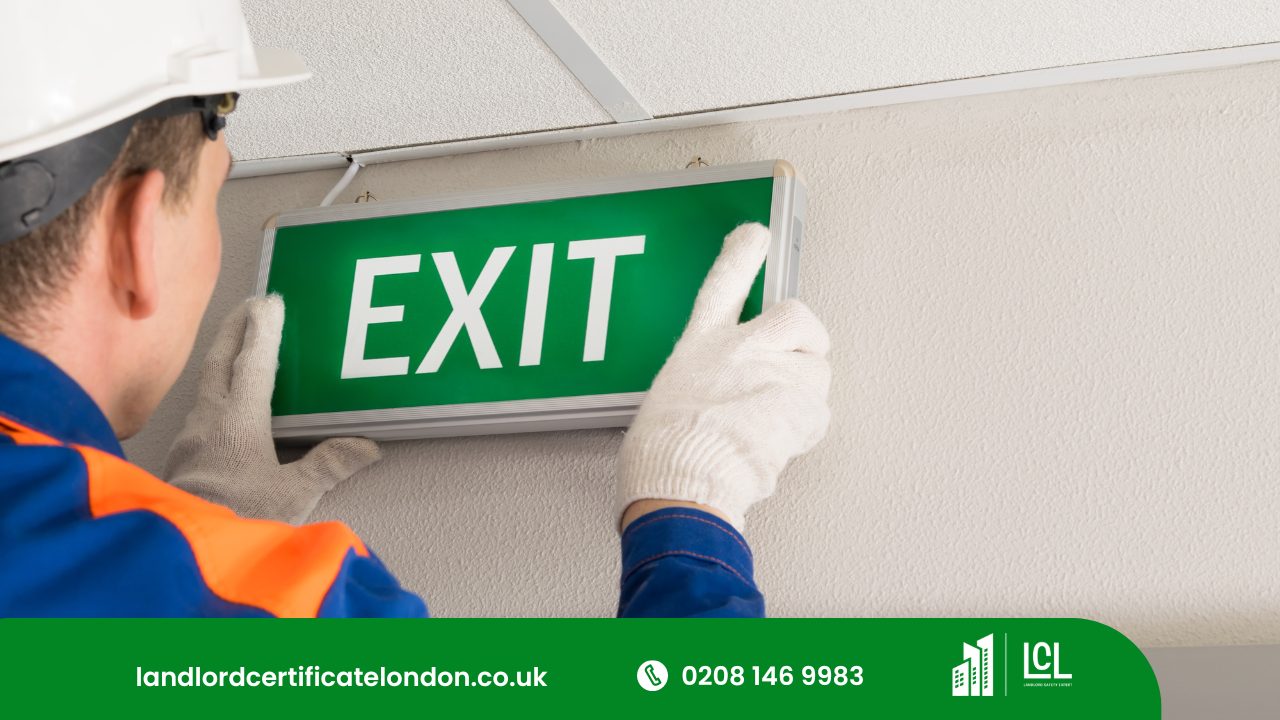
The protocol for testing emergency lighting is a critical aspect of building safety management, governed by stringent standards that demand rigorous adherence. These standards, designed to ensure that lighting systems operate effectively during emergencies, mandate both monthly brief tests and an exhaustive annual evaluation. With safety as the paramount concern, the question arises: how are these standards implemented across different industries, and what are the challenges faced in maintaining compliance? As we look deeper into this subject, we uncover the complexities and nuances that underscore the necessity of such standards, inviting further exploration into the practices that best support this crucial safety measure. Let’s understand What Is the Standard for Emergency Lighting Test?
Understanding Emergency Lighting Standards and Their Importance
Ensuring compliance with emergency lighting standards is crucial for the safety and readiness of any facility during power failures or other emergencies. These standards are designed to ensure that lighting is adequate, functional, and reliable, facilitating safe egress and aiding emergency operations. The standards specify minimum requirements for installing, performing, and maintaining emergency lighting systems.

Emergency lighting systems must be capable of operating automatically in the event of a main power outage. They should provide sufficient illumination to prevent panic and allow for the safe evacuation of individuals from the premises. This involves strategic placement of lighting fixtures in hallways, stairwells, ramps, and escalators which are critical in guiding occupants to safety.
Furthermore, the intensity and duration of emergency lighting are regulated to ensure visibility is maintained for a sufficient period, typically a minimum of 90 minutes, allowing ample time for evacuation. Compliance with these standards requires rigorous initial testing and ongoing maintenance to ensure systems are perpetually operational and effective.
Adherence not only minimizes legal liabilities but also enhances the safety profile of buildings, protecting occupants and assets alike. Mastery of these standards is essential for facility managers, safety officers, and compliance personnel dedicated to upholding safety protocols in building management.
Legal Requirements for Emergency Lighting Testing
Building on the foundational understanding of emergency lighting standards, it is equally important to address the legal requirements for testing these critical systems. Compliance with these regulations not only ensures the safety of occupants in emergencies but also aligns with legal accountability and risk management strategies.
Key legal requirements include:
- Frequency of Testing: Legislation often specifies the minimum frequency at which emergency lighting systems must be tested to ensure functionality during emergencies.
- Record Keeping: Detailed records of all tests performed, including dates and any maintenance actions, must be maintained as part of compliance documentation.
- Qualified Personnel: Tests must be conducted by individuals with appropriate qualifications or certifications to guarantee the reliability and correctness of the testing procedures.
- Compliance with Standards: Adherence to national and international standards, such as NFPA 101 or the International Building Code, is mandatory, dictating specific methodologies and criteria for testing.
- Reporting Non-compliance: Any instances of non-compliance or system failure identified during tests must be promptly reported and rectified by prescribed legal and regulatory frameworks.
Understanding and adhering to these legal stipulations not only enhances safety but also ensures that the management of buildings remains compliant and prepared for any emergency.
Different Types of Emergency Lighting Systems and Their Applications
Several different types of emergency lighting systems are employed globally, each designed to support specific requirements and environments. The principal types include escape route lighting, open area lighting, and high-risk task area lighting, each serving distinct functions in ensuring safety during emergencies.
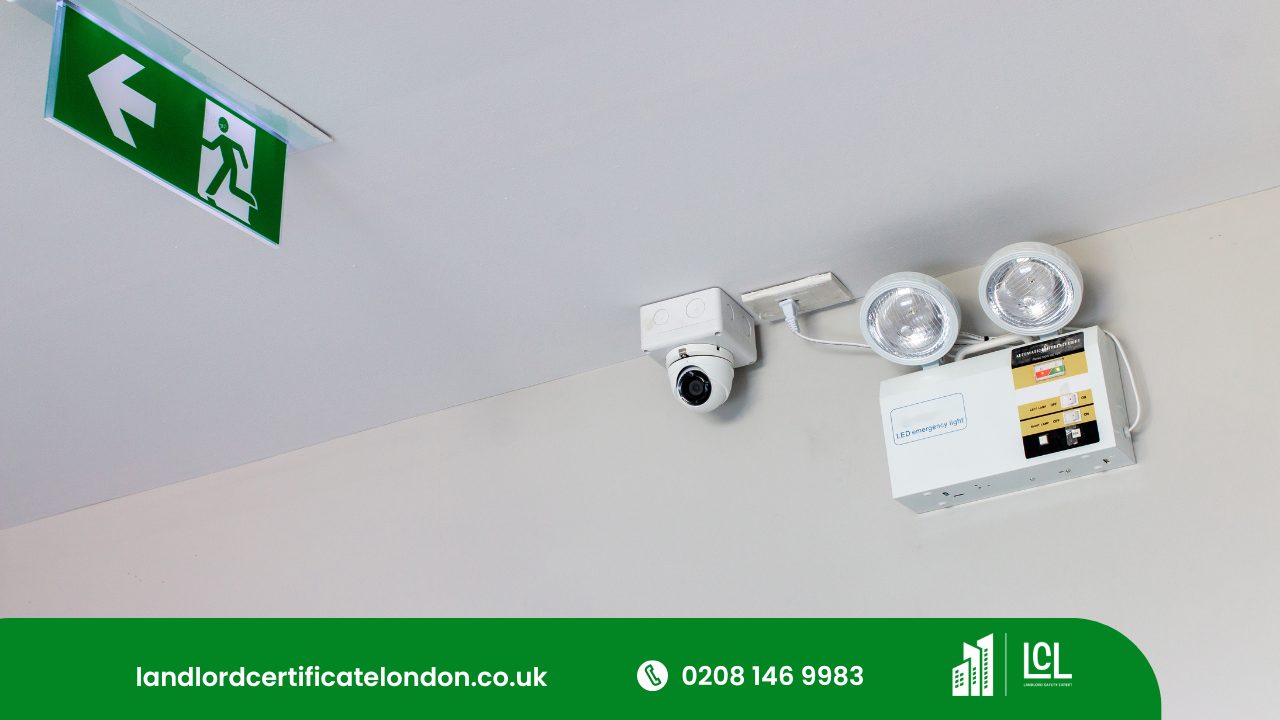
Escape route lighting is critical in guiding occupants to the nearest exit safely and efficiently. This system is meticulously engineered to comply with stringent regulations, ensuring that illumination levels and directional indicators meet specific standards to facilitate clear visibility and orientation during evacuations.
Open area lighting, often referred to as anti-panic lighting, aims to minimize panic during power failures by providing sufficient illumination in larger spaces. This allows occupants to reach escape routes with greater ease. The design parameters for these systems are governed by an adherence to minimum lux levels as specified in safety codes.
High-risk task area lighting is designed to ensure that operations involving potential hazards can be shut down safely and promptly. This specialized lighting supports intricate visual tasks that must continue briefly when normal lighting fails, thereby preventing accidents and allowing for the safe cessation of potentially dangerous activities.
Each system is integral to a comprehensive emergency response plan, tailored to specific environmental and operational criteria to uphold safety standards.
Frequency and Scheduling of Emergency Lighting Tests
To maintain the effectiveness and reliability of emergency lighting systems, regular testing is imperative. The frequency and scheduling of these tests are governed by various standards and regulations, ensuring that all components function optimally in an emergency. Establishing a rigorous schedule is vital for compliance and safety.
Key aspects of testing frequency and scheduling include:
- Monthly Functionality Tests: Brief tests to ensure that lights operate correctly.
- Annual Full-Duration Tests: Simulate an actual power failure for the full required duration to verify battery and light functionality.
- Record Keeping: Maintain detailed logs of all tests and outcomes to ensure compliance with regulations and facilitate maintenance decisions.
- Adjustments for Usage and Environment: Increase testing frequency in facilities with high usage or extreme conditions.
- Coordination with Safety Drills: Integrate testing with regular building safety drills to ensure practical readiness and staff familiarity.
Adhering to these guidelines not only ensures legal compliance but also bolsters the safety of occupants by ensuring that emergency lighting systems are always ready to function as intended.
This preventive approach minimizes the risk of failures during actual emergencies, thereby safeguarding lives and property.
Steps Involved in Conducting an Emergency Lighting Test
Conducting an emergency lighting test involves a series of methodical steps designed to ensure that all components of the system perform effectively during power outages.
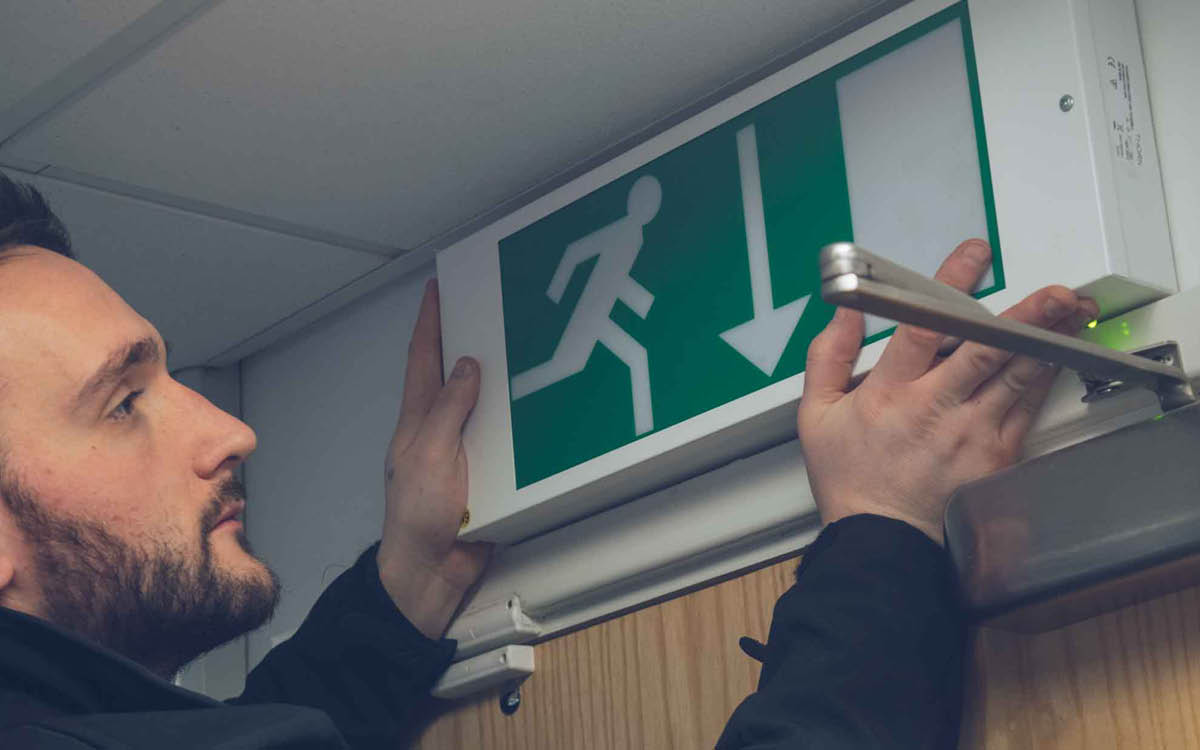
The process starts with a visual inspection to identify any observable defects in lamps, fixtures, and exit signs. This preliminary assessment helps in pinpointing areas that might require more detailed evaluation or immediate maintenance.
Following the visual checks, the functionality test begins by simulating a power failure scenario. This is typically achieved by activating the test switch that bypasses the building’s main power supply, thus allowing the technician to verify that emergency lights activate automatically and provide adequate illumination.
The duration of this test should align with local regulatory requirements, which commonly stipulate a minimum operational period, often around 90 minutes, to ensure reliability during an actual emergency.
Next, measure the illumination levels using a light meter to confirm that they meet the minimum lux levels as specified by safety standards.
Record all findings meticulously, noting any deviations from expected performance outcomes.
Consequences of Non-Compliance with Emergency Lighting Standards
Failure to adhere to established emergency lighting standards can lead to severe consequences, including legal penalties and increased risk of injury during evacuation situations.
When emergency lighting systems fail to function as required during a crisis, the ramifications can be both immediate and far-reaching, impacting not only the safety of occupants but also the legal and financial standing of the organization responsible.
Key consequences include:
- Legal Repercussions: Non-compliance can result in fines, sanctions, or lawsuits under safety regulations.
- Increased Liability Risks: In the event of injury due to inadequate emergency lighting, organizations may face claims for significant compensation.
- Reputation Damage: Failure to meet safety standards can tarnish an organization’s public image and erode trust among stakeholders.
- Operational Disruptions: Non-compliance may lead to mandatory shutdowns or operational restrictions while deficiencies are rectified.
- Insurance Complications: Insurers may increase premiums or refuse to cover damages related to compliance failures.
Organizations must rigorously adhere to emergency lighting standards to mitigate these risks.
Regular testing, maintenance, and adherence to the latest regulations are essential to ensure that emergency lighting systems function effectively and reliably, thereby safeguarding both human life and organizational assets.
Conclusion
In conclusion, adherence to established emergency lighting standards is imperative for ensuring safety during power outages. Regular testing, including monthly functionality checks and annual full-duration tests, is crucial. These protocols not only ensure the operational integrity of emergency lighting systems but also comply with legal mandates. Failure to adhere to these standards can lead to severe safety risks and legal repercussions. Thus, meticulous compliance and documentation of test outcomes are essential for upholding safety and regulatory standards.
About the Author: LandlordCertificate
Related Posts
Get Social
Recent Posts
- Fuse Box Installation: Everything Homeowners Need to Know Before Getting Started
- EICR Certificate London: Understanding Your Legal Duty as an Owner
- Behind the Scenes of a Gas Safety Certificate London Inspection in Homes
- The Role of Fire Alarm Installation in Building Safety
- How Often Should a Fire Risk Assessment Be Reviewed?




